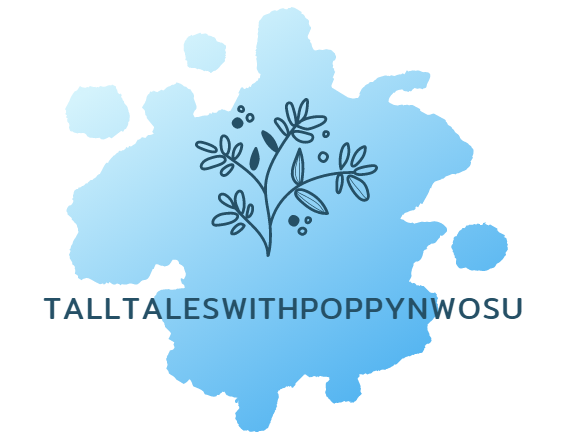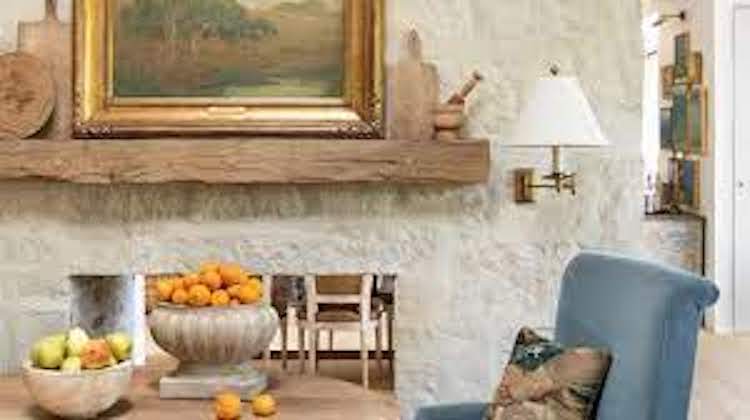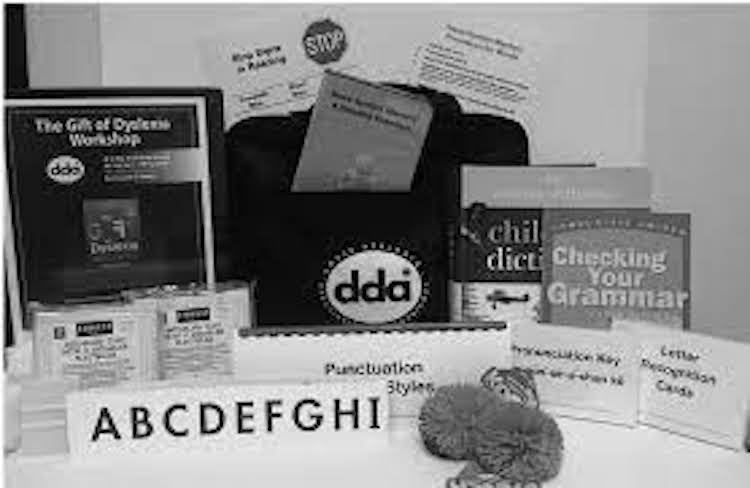I was walking down a slightly busy street one day when I heard two men talking and I really wasn’t paying attention because I wasn’t from that town and I never expected anyone to be talking to me. As I looked up, I saw the two men talking and one of them was looking at […]
This Magical Patina Farm Home Has Us Dreaming Of The Country Life
If you’ve ever had the opportunity to travel throughout California, hopefully, you’ve taken some time to visit the mystical town of Ojai. Or if you haven’t, then you’ll want to add it to your bucket list after stepping inside the stunning home and property of Brooke and Steve Giannetti. The famous design duo behind Giannetti Home first […]
How To Find The Perfect School For Your Child
As a parent, you’re tasked with the incredible responsibility of making choices for another person that will affect the course of their entire life. You choose everything from what they eat to how they spend their free time. But one of the most important choices of all is with their education. You want to pick […]
New Collections: Ronald Davis Papers
This entry is part of an ongoing series highlighting new collections. The Archives of American Art collects primary source materials—original letters, writings, preliminary sketches, scrapbooks, photographs, financial records, and the like—that have significant research value for the study of art in the United States. The following essay was originally published in the Fall 2020 issue […]




